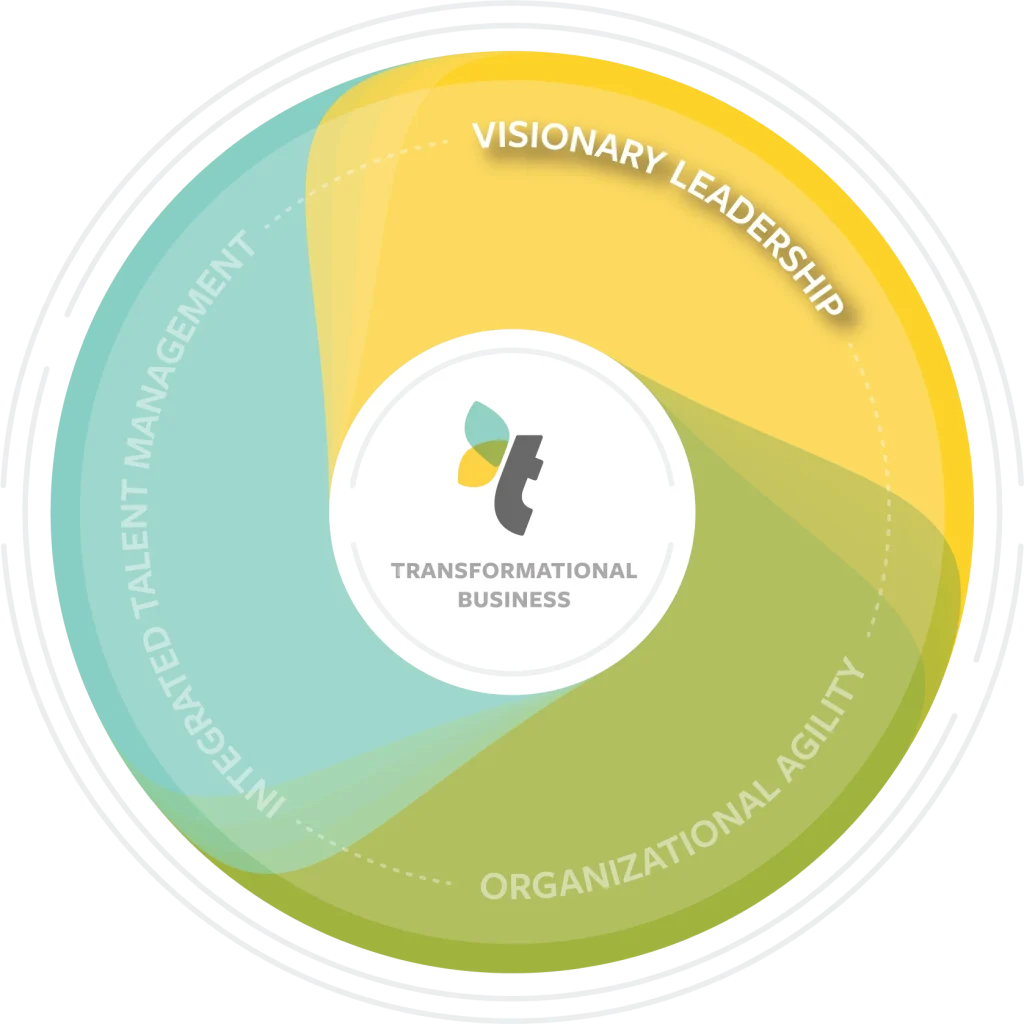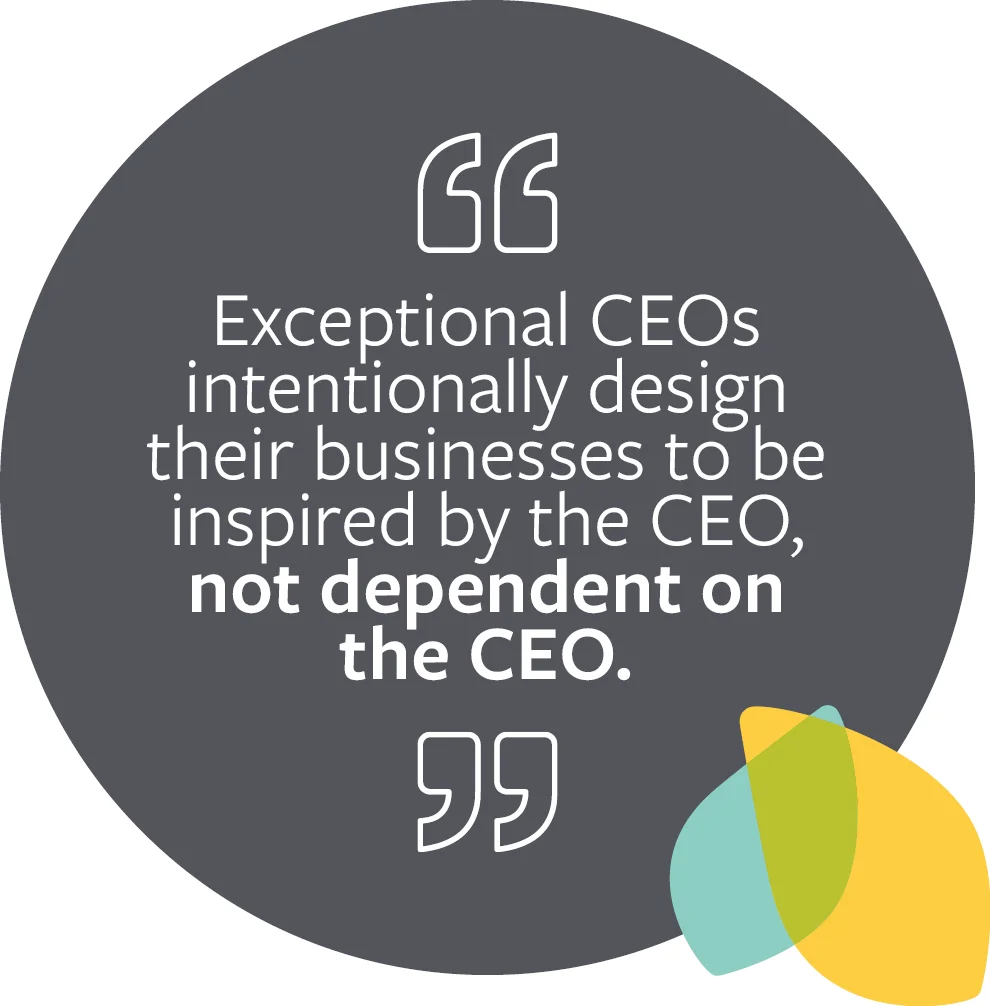In our previous article, we discussed transformational business as one which incorporates three components of internally focused innovation to maximize profitability often untouched by CEOs: visionary leadership, organizational agility, and talent management. Innovative CEOs are versatile leaders of business financials, as well as the people spectrum of management and strategy implementation. In an era of continual business evolution, it takes a holistic and tactile leadership approach to evolve from “successful” to “transformational.” Achieving this pinnacle isn’t rocket science, but rather an intentional CEO approach to applying transformational vision, skills, and resources to preexisting and underutilized business platforms. It’s not starting over either; it’s making it exceptional. Just like the in works of Lin-Manuel in Hamilton.
Lin-Manuel Miranda, the musical creator for Hamilton the Musical, delivered one of the most game-changing entertainment productions in the history of Broadway. By reimagining the use of hip-hop, American history, and multicultural casting, Miranda transformed the story of Alexander Hamilton. What debuted August 2015 became a cultural sensation and Broadway juggernaut. Despite the production’s fame, many do not know the production was inspired by the Pulitzer Prize winning autobiography written by Ron Chernow. Miranda did not start from scratch. He utilized a solid, existing foundation and applied a unique combination of vision, skills, and resources to evolve something from successful to transformational.
Exceptional CEOs intentionally design their businesses to be inspired by the CEO, not dependent on the CEO. Achieving this standard begins with the CEO’s deep commitment to embed visionary leadership platforms to harness the power of strategy, empowerment, and collective ownership. Embedding visionary leadership practices may sound complex, but we’ve found three simple practices that are game changing within business performance and profit. If your competitors are winning, chances are they have perfected at least one of these to a greater level.


Enterprise-Focused Leadership Teams
Enterprise-focused leaders embrace this pattern of descending importance: enterprise, team, self. Having a mindset of elevating the enterprise first is essential to capturing internal profit and performance. It is easy to tell if your teams are enterprise focused. Here are some basic characteristics:
- Teams live and breathe the collective success of the organization and own the shortfalls of the collective leadership team.
- They do not see one person as succeeding or failing, but rather the unit succeeding or failing.
- The efforts, data, insights, and resources within these teams belong to the enterprise.
- They actively provide transparency to real-time budget, resources, initiative progress, and KPI data.
- They assemble as trusted advisors to one another, and cross pollenate resources to solve enterprise level problems without CEO intervention.
- They’ve outlined clearly defined enterprise score cards.
- They participate in common reporting process and cadences.
- They have a continuous growth mindset for the business, themselves, and the talent they lead.
- They work together, play together, and are vulnerable with one another to enable a new level of collective strength and insight.
Teams exhibiting these characteristics set the entire organization’s attitude toward achieving one common goal–total market domination. They are units ready to capitalize on immediate business needs and demands of future strategy, a true competitive advantage. Because enterprise focused teams aren’t easily replicated, the resulting innovations and service deliverables to the consumer surpass that of the competition. How does a company reach enterprise-focus? It takes trickle-down from the top. The CEO must make a series of strategic talent decisions and deliver transparent expectations that are CEO-inspired and maintained.
Innovative Organizational Strategy
Despite the 62% fail rate of strategy executions (Carucci, 2017), businesses continue to use the same strategy execution and resource methodology. Early in our business, we came to the realization strategy fails most often because leaders treat it as an event rather than a way of operating. In fact, 70% of leaders spend less than one day per month reviewing strategy and believe that only 5% of employees have a basic understanding of the company strategy (Bridges Business Consultancy). Knowing this reality, we were forced to make a difficult choice as a growing consultancy. In good conscious we couldn’t deliver


annual strategic sessions without ensuring services for successful execution. Delivering strategy as an event puts the client at risk due to poor resourcing and change management that ultimately creates a culture where subpar strategic execution becomes the norm. That is not Transcend’s brand, and at the end of the day it’s not the CEO’s desired brand either.
Failing to plan and resource the execution of the strategy is catastrophic to business outcomes. Eighty percent of leaders feel their company is good at crafting strategy, but only 2% are confident they will achieve 80% or more of their strategy’s objectives (Bridges Business Consultancy). Strategy is the life blood of business evolution and deserves to be the cornerstone of how the business operates and is resourced. Through time and research, we have found core elements that make strategic planning and execution truly innovative. Our fastest growing clients embed all six elements:
- Ensure the strategic initiative mix innovates your own organization as much as it innovates the consumer offering. At the end of the day, businesses win or die on their internal health, agility, and innovation. A slow, unaligned, and encumbered machine never wins a race.
- A great strategic roadmap deserves an exceptional communication plan built around the human condition and the furious pace of business. Talking occasionally or on a quarterly cadence about strategy with the business is not enough. Communication is beyond the rollout. Strategy deserves a continual dialogue on progress, wins, and next steps. It’s worth overcommunicating the future state of your business!
- Structure leadership processes and business resources to implement real-time and longitudinal strategy on an all-day everyday basis. Imagine embedding efficient weekly, monthly, and quarterly strategic touchpoints that focus the entire business on delivering strategy accurately and on-time. Resist thinking about strategy as an add-on to meeting the immediate customer needs. Meeting customer needs of tomorrow means making strategy a cornerstone of the business today.
- Embrace already existing resources in the business to execute the strategy through reprioritizing. Each year the business community spends approximately $87.6 billion on training and development (2018 Training Industry Report). Moreover, more money is spent on leadership development than any other area of learning but only 19% view it as relevant to the everyday issues leaders face. It’s clear the current professional development model is not working for the business, but how does a CEO or CPO get it to work? Training should alleviate the strategic execution pain point by using development dollars to ensure business outcomes. We recommend embedding change and project management practices, as well as leadership training systems supportive of the business strategy into execution planning sessions and accountability check-ins.
- Integrate the strategy with your culture by theming the strategic year to coincide with strategic efforts. Use the wins and innovations of the strategy to reward, recognize, and promote. When promoting, remember talent who embrace and can execute strategy, are the right talent for leadership.
- Ensure strategic meetings become the seasons for your business. Make strategy as predictable as clockwork and the working cadence of the company.
At Transcend we believe innovative strategy becomes transformational when it elevates the business to a high performing unit, while delivering new solutions and offerings to the end consumer.
Impactful Board Advisory
Businesses often find a disconnect between board advisories and the people working in everyday life of the company. CEOs, as the go-between are challenged to reinvent multiple areas of business to stay competitive while keeping board members up to speed and reflecting on their insights. When really, board members should be active influences as well. The Deloitte 2016 Global Board Survey found the board of director’s understanding to be weakest in talent management and innovation/R&D strategy, while CEOs require great advisory in these areas. Getting the board close to such areas of the business is paramount to their effectiveness. To bridge the gap board members can mentor key talent, advise initiative execution groups, and create access to otherwise untouchable business solutions. In these scenarios, the board becomes a well-informed partner in the innovation of the business. Impactful boards extend beyond the CEO to build a true network of trusted advisors within the company.
The business case for investing in Visionary Leadership
Transcend believes the business case for the three elements of Visionary Leadership to be undeniably strong. The profitability resulting from innovative strategy practices, enterprise focused leadership and increased board engagement is undeniable. Yet, transformation in the areas are underprioritized prior to our business transformation engagements. Generating the next level of company profit begins with the evolution of the CEO’s view on what ultimately drives long term profitability and competitive advantage. Investing and driving growth through the Visionary Leadership practices is not for every CEO. But for the CEO who wants to take their business from successful to transformational, it’s perfect. Like the Broadway production of Hamilton, greatness fails to be discovered by doing what everyone else is doing, but rather by being bold enough to do something different and exceptionally well.
In our next article we will continue to explore internal strategies that elevate profit and innovation within the realm of organizational agility. Please engage with us by liking, sharing and subscribing to Transcend Insights. We want to hear from you as we continue to share strategies that drive complete corporate performance.
Sources:
Training Magazine. (2018). 2018 Training Industry Report. 2018 Training Industry Report. Shorewood, MN.
Executives Fail to Execute Strategy Because They’re Too Internally Focused. (2017, November 13). Retrieved from Harvard Business Review website: https://hbr.org/2017/11/executives-fail-to-execute-strategy-because-theyre-too-internally-focused
Bridges Business Consultancy Int Pte Ltd. (2012). Strategy Implementation Survey Findings.

